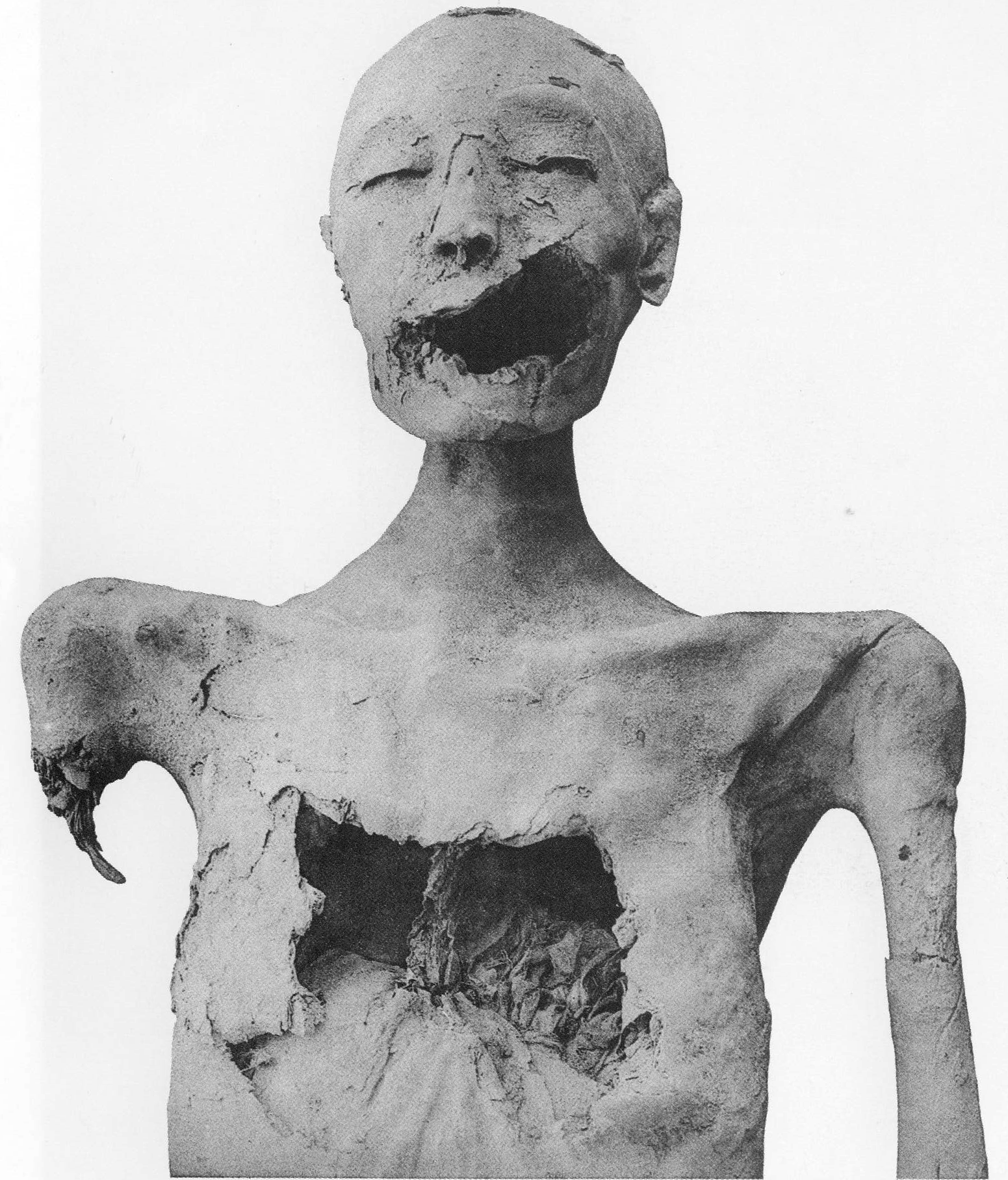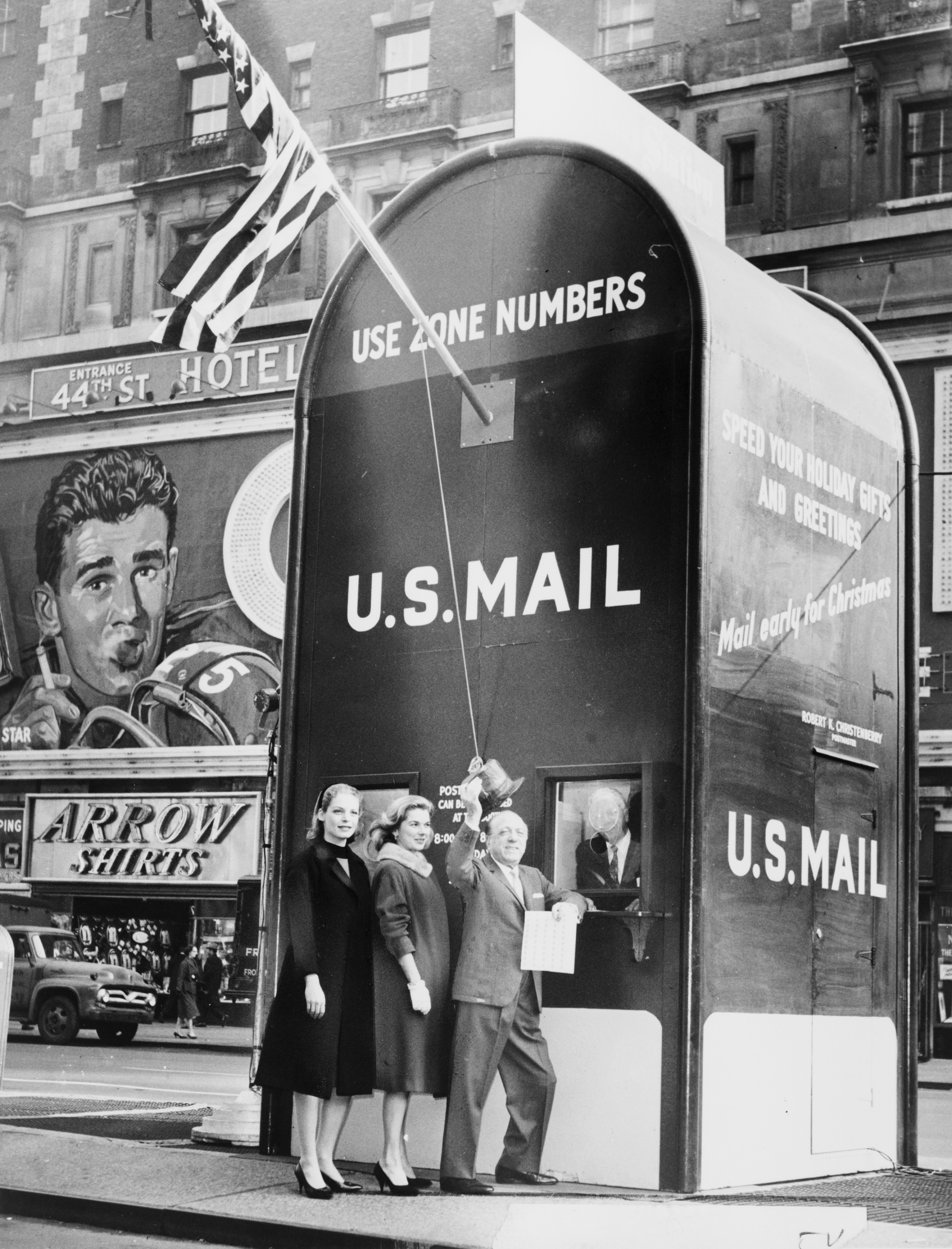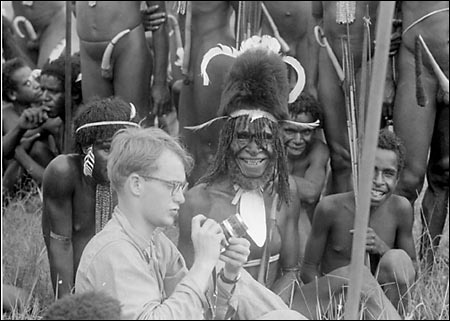Here’s a topic I never would have considered on my own because I’m too busy analyzing Abbott & Costello: How much free will do pedestrians have when walking down the street, and how much are we influenced by the crowd and history of decisions made by previous crowds. From the Economist:
“Imagine that you are French. You are walking along a busy pavement in Paris and another pedestrian is approaching from the opposite direction. A collision will occur unless you each move out of the other’s way. Which way do you step?
The answer is almost certainly to the right. Replay the same scene in many parts of Asia, however, and you would probably move to the left. It is not obvious why. There is no instruction to head in a specific direction (South Korea, where there is a campaign to get people to walk on the right, is an exception). There is no simple correlation with the side of the road on which people drive: Londoners funnel to the right on pavements, for example.
Instead, says Mehdi Moussaid of the Max Planck Institute in Berlin, this is a behaviour brought about by probabilities. If two opposing people guess each other’s intentions correctly, each moving to one side and allowing the other past, then they are likely to choose to move the same way the next time they need to avoid a collision. The probability of a successful manoeuvre increases as more and more people adopt a bias in one direction, until the tendency sticks. Whether it’s right or left does not matter; what does is that it is the unspoken will of the majority.
That is at odds with most people’s idea of being a pedestrian. More than any other way of getting around—such as being crushed into a train or stuck in a traffic jam—walking appears to offer freedom of choice. Reality is more complicated. Whether stepping aside to avoid a collision, following the person in front through a crowd or navigating busy streets, pedestrians are autonomous yet constrained by others. They are both highly mobile and very predictable. ‘These are particles with a will,’ says Dirk Helbing of ETH Zurich, a technology-focused university.”
••••••••••
“Hey, say! You are blocking my path, you are right in my way”:













